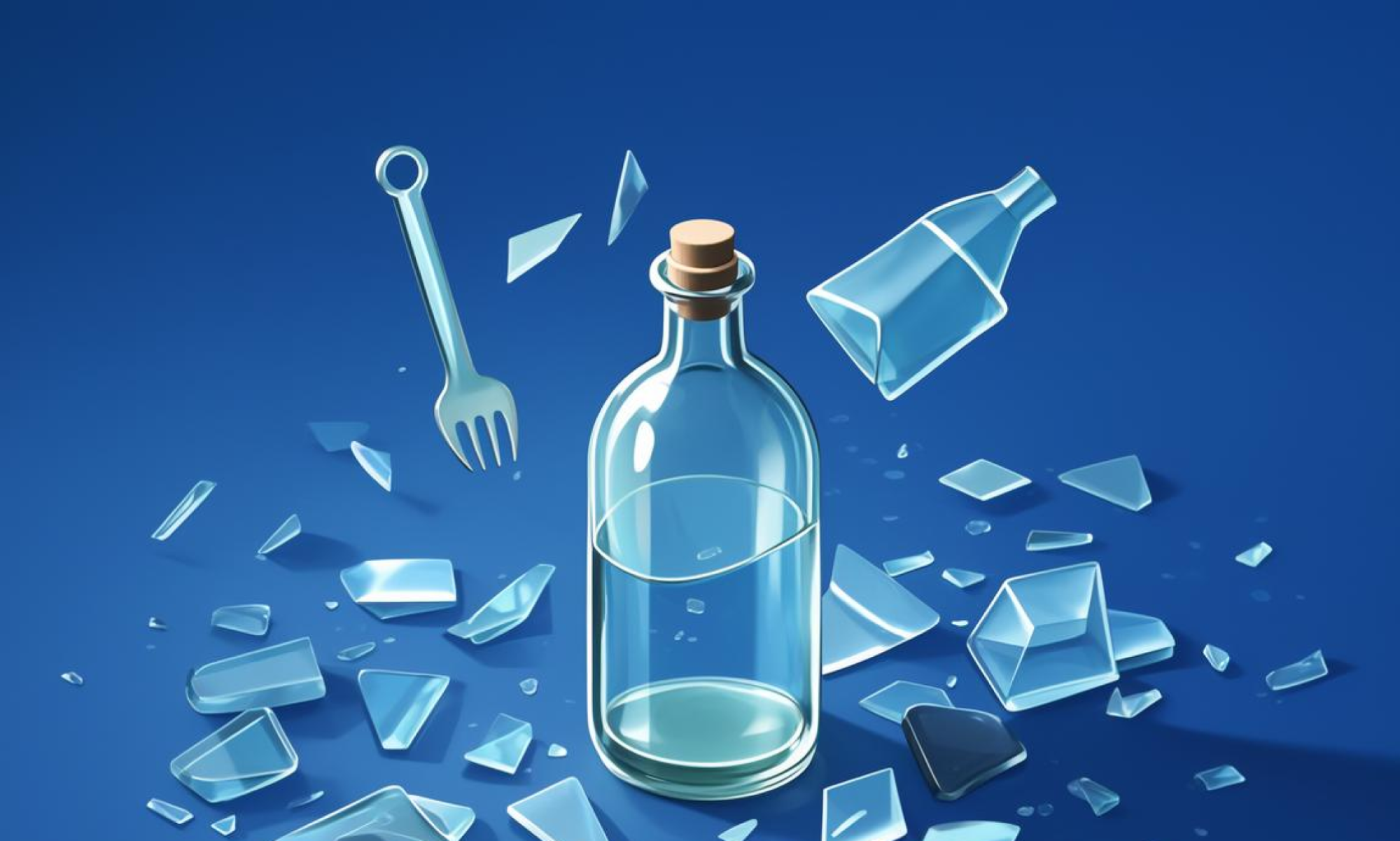Revolutionizing Glass Jar Production with 3D Printing
3D printing technology has emerged as a groundbreaking innovation in the glass jar wholesale industry. This article explores how this technology is cutting prototype costs by 50%, enabling manufacturers to stay competitive and efficient.
The Value of Glass Jars
Glass jars are indispensable in various industries, including food and beverage, pharmaceuticals, and household goods. Their durability, versatility, and aesthetic appeal make them a cornerstone of modern packaging solutions. However, the traditional methods of producing glass jars are often costly and time-consuming, particularly when it comes to creating prototypes for new designs.
3D Printing Breakthrough in Glass Jar Production
The recent advancements in 3D printing technology have revolutionized the way glass jars are designed and produced. Unlike traditional methods that require molds and lengthy production cycles, 3D printing allows for the creation of complex geometries with precision and speed. This innovation is particularly impactful in the wholesale sector, where cost efficiency is crucial.
How 3D Printing Reduces Prototype Costs
One of the most significant benefits of 3D printing is its ability to reduce prototype costs by up to 50%. Conventional approaches often involve costly molds and extensive manual labor, which can limit production capacity and scalability. In contrast, 3D printing eliminates the need for expensive tooling and enables the rapid creation of high-quality prototypes.
The Impact on Glass Jar Wholesale
For glass jar wholesalers, this technological advancement could not be more timely. The ability to produce prototypes quickly and cost-effectively allows manufacturers to test multiple designs in a shorter timeframe, ultimately leading to better-informed production decisions. This efficiency can directly translate to reduced costs and improved profitability for businesses operating in competitive markets.
Key Benefits of 3D Printing in Glass Jar Production
1. Cost Reduction: By minimizing the need for expensive molds and reducing material waste, 3D printing helps lower overall production costs.
2. Speed and Agility: The technology allows for rapid prototyping, enabling businesses to adapt quickly to market changes and customer demands.
3. Design Flexibility: Complex geometries that were once impossible to achieve with traditional methods can now be easily created, leading to innovative designs.
4. Environmental Efficiency: Reducing material waste contributes to a more sustainable production process.
Conclusion
3D printing represents a transformative leap forward in the production of glass jars. By cutting prototype costs by 50%, this technology empowers glass jar wholesalers to enhance efficiency, innovation, and sustainability. As industries continue to embrace cutting-edge technologies, 3D printing is poised to play a central role in shaping the future of glass jar production. Stay ahead of the curve and explore how 3D printing can revolutionize your business.
